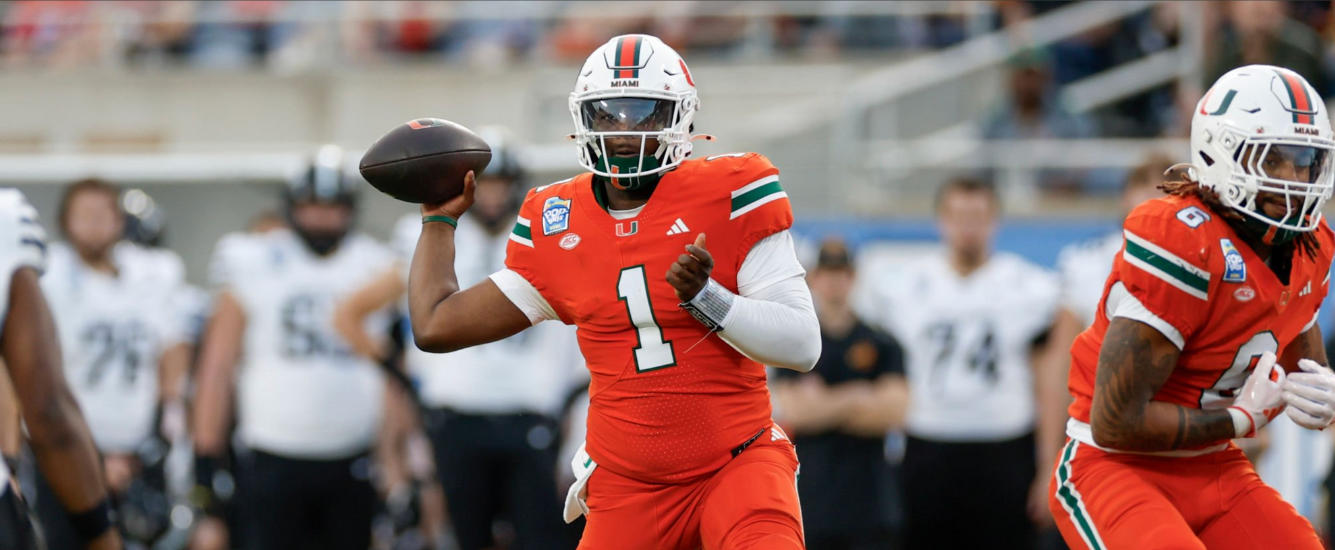Welcome to The Wrong Read. This weekly article uses advanced team-level metrics to preview the week’s upcoming matchups. The goal is to try to understand how an upcoming matchup might play out in terms of each offense’s ability to execute their game plan. How successful will they be when trying to pass? How much will they be able to run the ball?
It’s impossible to answer these questions definitively, but by exploring the advanced metrics we can better understand the dynamics that might not show up in the box score every week. We can use these metrics to find hidden signal that could indicate how a team wants to play football and how likely they are to be able to play the way they want against an upcoming opponent.
The numbers below obviously can’t fully account for new or recent changes in personnel or injuries — in cases where that matters I’ll point it out. But we can still get a good sense of what to expect from each of these teams. I’ll highlight the most salient features of the matchup below each graphic. I’m changing up the format of the notes from earlier in the season, to deliver the most relevant fantasy insights in a way that might be slightly easier to digest.
One note on the images below: All rankings and colors assume the offense’s point of a view. So a No. 1 ranking in a defensive metric indicates they are the easiest matchup for opposing offenses to face. Likewise, a No. 32 ranking indicates a team is the most difficult matchup. This makes it much easier to glance at the images and see which matchups are most favorable for the offense.
Green Bay Packers at Chicago Bears

- Despite having a promising No. 1 pick at QB and one of the top WR trios in the league, Chicago’s passing offense has been among the worst.
- Something had to change, and thankfully it was the offensive coordinator.
- In Shane Waldron’s partial defense, the Bears’ offensive line has been their biggest weak point. But the scheme certainly didn’t help, and didn’t put their pass blocking in a position to succeed.
- Although Chicago’s pass blockers have been able to slow down pressure, Caleb Williams has been holding the ball longer than all but seven starting QBs.
- That’s at least partly on him, but it’s also partly the playcalling.
- Case in point, Geno Smith’s time to throw has improved by a full tenth of a second since Waldron left Seattle. That’s subtle, but meaningful.
- Hopefully some shifts in offensive approach will enable Chicago to capitalize on an offensive line that is probably better than their pressure rate allowed suggests, and a WR group that creates more average separation than all but seven teams.
- The Packers, in any case, do not create a ton of pressure. However, they are good at limiting yards after catch and EPA.
- Green Bay doesn’t have many major weaknesses against the run, although they do allow more yards after contact than many teams. However, that’s not where Chicago is strongest.
- On the other hand, the Packers will look to exploit a vulnerable Chicago rushing defense.
- Only three teams allow more yards per play, and only four allow more EPA per rush.
- Green Bay is less likely to test Chicago through the air.
- The Bears are No. 4 in passing EPA allowed and No. 1 in YAC over expected allowed.
- The Passing Game Matchup Rater agrees that this isn’t likely to be the best week for the Packers’ receivers.

Jacksonville Jaguars at Detroit Lions

- Last week was the first time since Week 2 that Jared Goff attempted more than 25 passes.

- Detroit’s defensive prowess — only two teams allow less EPA per pass — has made them into a run-first team. Yet against Jacksonville they may have more luck through the air.
- The Jaguars allow more passing yards per play than all but three teams, and more EPA than all but two.
- They almost never blitz, and as a result they generate very little pressure.
- Sam LaPorta has been ruled out, which means we could see additional targets for Amon-Ra St. Brown, Jameson Williams, and Jahmyr Gibbs.
- As mentioned, the Lions are a difficult team to throw against. The difficulty is that they are generally able to put points on the board, so they don’t give opposing teams many opportunities to run against them, even though they are not good at defending the run.
- With Trevor Lawrence out, Jacksonville could struggle to move the ball, and be forced into more passing situations than they’d like.
- With Tank Bigsby out, their best runner won’t even be on the field anyway, which further incentivizes them to pass. Unfortunately that will most likely lead to more turnovers.












